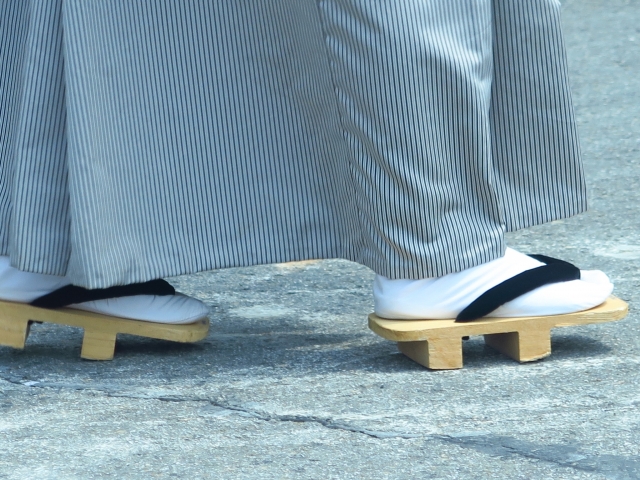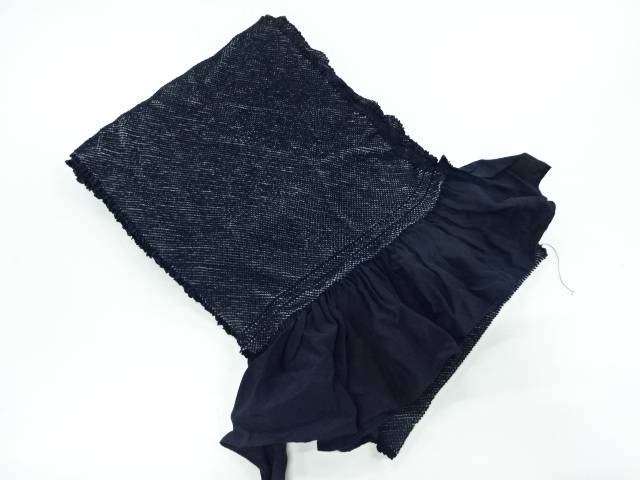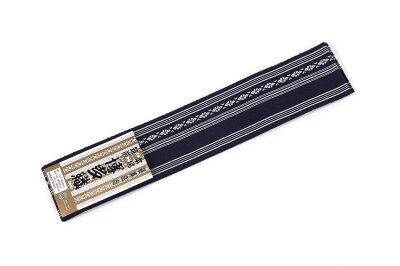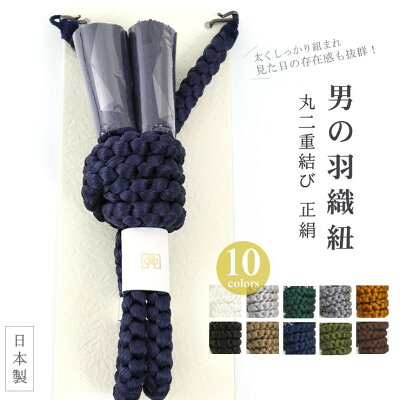For men’s Kimono, we need various accessories.
Some are only needed for men.
Most of the men’s Kimono are black, blue and green.
Dark color Kimono are so popular and we can coordinate more stylish with colorful accessories.
This time, I’ll show you about basic items and necessary items!
Accessories for men’s Kimono
For men, we need Kimono, Haori, Juban, Hakama and more unique items.
Obi
There are two types of Obi which are “Kaku Obi” and “Heko Obi”.
Materials are silk, cotton, and chemical fibers.
Kaku Obi
The width is about 10 cm and the length is about 400 cm.
It’s very thick and firm.
One of representative is Hakata Ori, Tsumugi, Tsuzure Ori and Minsar weaving.
For summer scene, transparent materials like “Ro” and “Ra” are very popular.
The classic way to tie Kaku Obi is “Kaino Kuchi”.
Usually, men use Kaku Obi and it fits the formal and the casual scene.
Heko Obi
The length is about 38 cm and it’s broad.
It’s very soft and men coordinate with Yukata.
The representative is flake Heko Obi.
The overall tie-dyed cloth is the most expensive.
Plus there is Heko Obi which has tie-dyed parts only on the edges.
The other types are Tsumugi cloth and “Yoryu” which has unique wrinkles.
We can arrange the way to tie and butterfly way is basic.
Footwear
For men’s footwear, there are “Zouri” and “Geta”.
It’s said that Zouri is made for formal use.
Zouri
Zouri is a plat footwear.
The materials of its surface are bamboo-made “Tatami Omote”, enamels, leather, lizard, and horse hair.
One of the zouri, there is “Setta”.
The back surface is cow leather and has metal fittings on the heel.
Geta
Geta has two poles which are called “teeth” on the basis.
Tabi
The basic colors of Tabi are white and you can coordinate with any Kimono.
For the formal scene, we can use white but dark colors are useful for the casual scene.
Materials are cotton and the way to weave is like calico and broad woven.
It has metal fittings called “Kohaze” to fasten.
Four Kohaze types are easy to use.
But for Yukata, we don’t have to wear Tabi.
Hadagi
For Juban, cotton-made is very useful.
It’s sweat absorbent material and we can wear all seasons.
If you don’t have one, you can wear a V neck type shirt.
Suteteko
Suteteko is men’s underpants resembling loose Bermuda shorts.
Other types of underpants are Fundoshi and Matahiki and they are used during festivals.
Han Eri
Before we wear Juban, we need to put on Han Eri.
For the formal scene, we use white Han Eri but for the casual scene, we can choose dark colors.
Basically, non-pattern types are popular but to be more fashionable, men choose unique patterns.
Koshihimo
We use Koshihimo to adjust and not to be Kimono out-of-shape.
Each of Nagajuban and Kimono needs one Koshihimo.
Wool-made types are very soft and easy to tie.
The other type is “Otokojime” which has broad, the representative is Hakata weaved.
Haori Himo
Haori himo is used with Haori.
We can put through tiny metal fittings called “Chi”.
S-figured haori himo is easier to use.
Other types are “Maru Gumi”, “HIra Uchi”, and “Musou”.
Haori himo with tufts is mainly used in the formal scene.
The Other Items
Bags
Basic men’s bags are called “Shingen bukuro” or “Gassai bukuro”.
The famous one is “Kousyu Inden” made of leather and it designated as a traditional craft.
Folding Fun
Men’s folding fun is larger than women’s one.
In the formal scene, necessary folding fun is white and made of bamboo.
The representative is Kyo (Kyoto) folding fun and Edo folding fun.
Coat
Men’s coat’s sleeves are square and the cape coat is also basic.
Men’s coat which has protection against cold is made of wool and cashmere. There is long rain coat.
Summary
Sometimes it’s difficult to collect all of items.
Yukata doesn’t need many items, so it’s better to start for beginners!

















